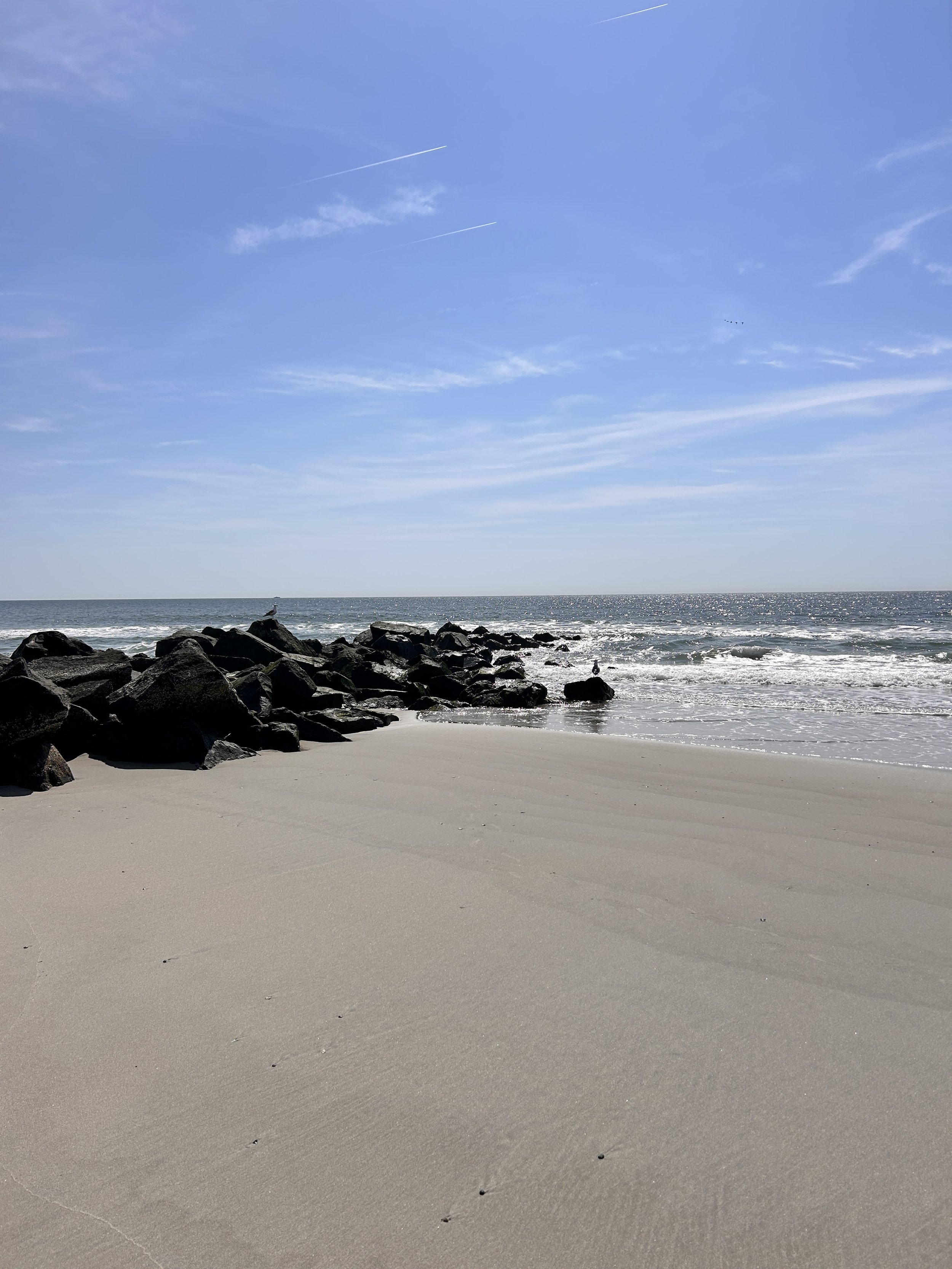LBI Beach Replenishment 2024/2025: Success, Setbacks, and the Future of Shoreline Protection
The Long Beach Island beach replenishment project that began in 2024 has now largely wrapped up in Beach Haven and Holgate, with Harvey Cedars still in progress. Although millions were spent to rebuild and widen the beaches, early results are raising serious concerns. After just a few storms, large portions of the newly placed sand have already washed away, and public frustration is growing. With replenishment results looking increasingly temporary, it’s worth examining what was done, why it may not be working, and what other solutions might better protect LBI’s coastline moving forward.
Oversight:
The project is overseen by the U.S. Army Corps of Engineers (USACE), in partnership with the New Jersey Department of Environmental Protection (NJDEP) and the affected towns.
Contractor:
Great Lakes Dredge & Dock Company (GLDD) — awarded a $54.4 million contract to physically perform the work.
Scope of Work:
Locations:
Harvey Cedars
Beach Haven
Sections of Long Beach Township (Holgate)
Volume of Sand:
Approximately 1.75 million cubic yards of sand will be placed.
Sand Source:
Offshore borrow areas, dredged and pumped onto the beach.
Design Specifications:
Dune Crest Height: +22 feet NAVD88 (North American Vertical Datum of 1988)
Beach Berm Width: 125 feet wide at +8 feet elevation NAVD88
Pace of Work:
Operations typically advance 200 to 300 feet of beach per day.
Work is conducted 24/7 when conditions permit.
Funding:
A combination of federal, state, and local contributions.
Current Status and Observations
Beach Haven and Holgate:
Work has been completed in these sections. However, following a series of moderate storms, visual observations suggest that more than 80% of the newly placed sand appears to have already eroded. The beaches, which were significantly widened just months ago, are once again narrow and in some areas steeply scarped.
Harvey Cedars:
The replenishment project is still underway in Harvey Cedars. The work is in the early to middle stages of progress and is expected to take additional weeks, possibly longer, to fully complete depending on weather conditions and equipment availability.
Public Feedback:
Local feedback on the recent project, particularly in Beach Haven and Holgate, has been largely negative. Many residents and property owners have expressed frustration that the beaches appear to have returned to a heavily eroded state almost immediately after millions were spent to rebuild them.
Other Coastal Protection Solutions (Beyond Beach Replenishment)
Beach replenishment is not the only strategy used to address coastal erosion. Additional options include:
1. Groins:
Structures built perpendicular to the shoreline to trap sand.
Can widen beaches locally but often cause erosion further down the coast.
2. Seawalls and Bulkheads:
Hardened barriers placed parallel to the beach to protect infrastructure.
Often accelerate beach erosion in front of the wall due to wave energy deflection.
3. Jetties:
Large structures built to stabilize inlets and control sand movement.
Can block natural longshore sand transport and cause downstream erosion.
4. Offshore Breakwaters:
Built offshore to dissipate wave energy.
Tend to create calmer water but can alter natural sediment movement patterns.
5. Living Shorelines:
Use of plants, dunes, oyster reefs, and natural materials to stabilize and protect the coast.
Focus on environmental benefits and longer-term resilience.
6. Sand Engines (Sand Motors):
Large-scale sand placement at a single location, allowing currents and tides to naturally redistribute the sand over time.
Designed to reduce the need for repeated dredging projects.
7. Artificial Reefs
Manmade structures sunk offshore to break wave energy.
Protects shorelines while creating new marine habitats (sometimes using reef balls, old ships, or concrete blocks).
8. Vegetated Dunes and Dune Reinforcement
Building wider, higher dune systems planted with strong vegetation (like American beach grass).
Natural defense that absorbs storm surge energy.
Similar to the dunes in Barnegat Light for example
Conclusion
While beach replenishment remains a necessary and primary tool for protecting New Jersey’s coastal communities, the recent experience on Long Beach Island highlights its limitations. Despite significant investment, storms can quickly undo months of work, raising questions about the long-term viability of repeating the same strategy. As coastal erosion accelerates due to stronger storms and rising sea levels, it may become increasingly important for communities to consider a broader range of coastal protection measures, including both natural and engineered solutions. The future of places like LBI may depend not just on replacing lost sand, but on rethinking how the shoreline is managed altogether.
Beach Haven 4/24/25
Holgate 4/23/25
Old groin in Holgate that was completely buried after the recent replenishment, exposed again. 4/23/25




